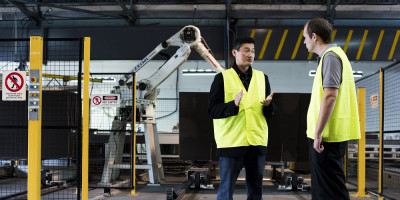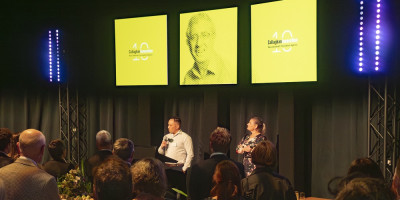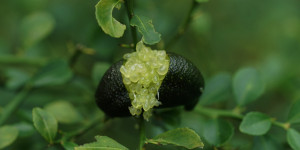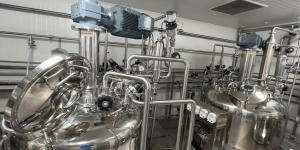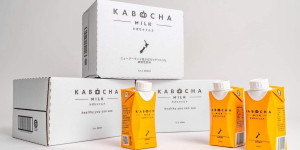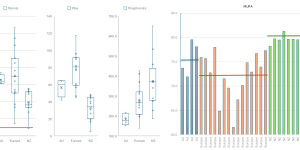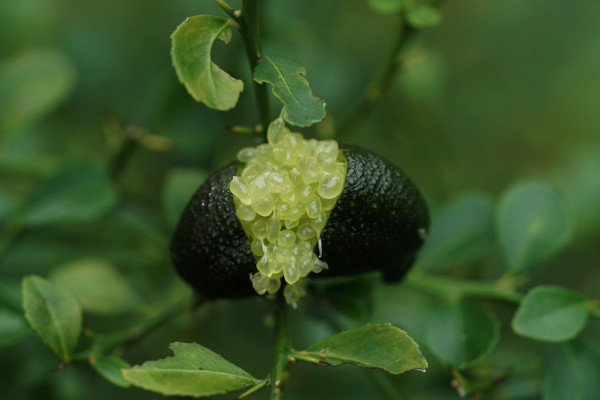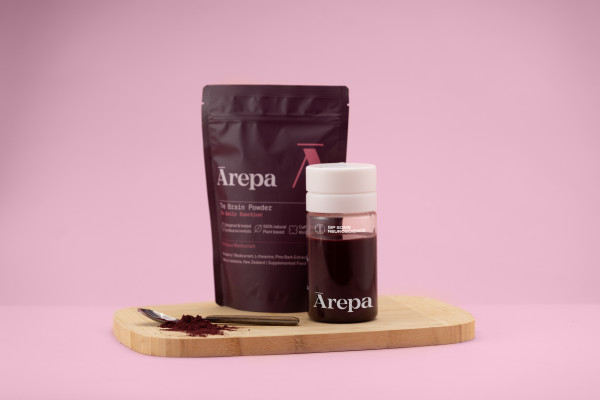A Callaghan Innovation-developed process is set to boost global fruit and vegetable supply by producing clean carbon dioxide for greenhouses in a more readily available, cost-effective and environmentally friendly way.
At a glance
- Hot Lime Labs came about when Callaghan Innovation scientist Dr Vlatko Materic realised that greenhouse operators were crying out for a source of clean carbon dioxide.
- Not only spun out of Callaghan Innovation, but through continued support, Hot Lime Labs has developed an innovative process that recovers clean CO2 from the burning of wood chips and then releases it into the greenhouse.
- Having already successfully trialled a pilot-scale system, Hot Lime Labs is looking to get a commercial scale system running. Overall, this will help increase greenhouse yields by up to 25 per cent.
Creating cost-effective and sustainable clean carbon
We’ve all known since school that plants do this cool thing called photosynthesis, turning light, water and carbon dioxide (CO2) into food and oxygen.
But what may be less well known is that plants grow faster when there’s more CO2. In fact, commercial growers pump CO2 into their greenhouses to increase yields, and most operations wouldn’t be viable without the gas injection. The problem is, many growers rely on natural gas, even though it is expensive and not renewable, and some don’t have access to natural gas lines at all.
Now, a process developed by a Callaghan Innovation scientist is set to provide the world’s greenhouse operators with a readily available, cost-effective and environmentally friendly way of giving their crops both more CO2 and renewable heat.
Born out of, and supported by, Callaghan Innovation
A spinout from Callaghan Innovation’s Research and Development Solutions team, Hot Lime Labs was founded by researcher Dr Vlatko Materic, who had been working on ways to extract CO2 from burning emissions using heated limestone.
While Materic’s initial focus was on reducing pollution from power plants, he soon realised that he needed to flip the economics around; while power plants don’t necessarily want to pay money to emit less CO2, greenhouse growers will pay to receive more CO2.
“I started talking to growers, and the response was ‘Oh, can you do this? Can you do this now?’. There’s a big demand,” Materic says.
After Hot Lime Labs gained funding, Dr Materic was able to take the plunge in 2017 and set up the company, with himself and Callaghan Innovation coming to an agreement over intellectual property rights.
“Callaghan Innovation wasn’t seeking to generate a whole lot of revenue, it was about giving Hot Lime Labs the best chance of succeeding and for the benefit of New Zealand,” says Conrad Lendrum, Group Manager Advanced Materials at Callaghan Innovation.
Callaghan Innovation has continued to provide R&D support to Hot Lime Labs through funding, time, and access to expertise and equipment, which has allowed the scale-up of the technology from lab to pilot system.
“Vlatko has given up his job at Callaghan Innovation to pursue this and has personally invested in the venture. He is very much leading it, but we have played a key role to this point,” Lendrum says.

Dr.Vlatko Materić of Hot Lime Labs
Feeding the world from Wellington
Hot Lime Labs has developed an innovative process that can recover clean CO2 from the burning of wood chips and then release it into the greenhouse. Having already undertaken successful trials of a pilot-scale system, next steps are to get the first commercial scale system up and running.
Overall, the technology has the potential to improve crop yields by 15-25%, which in a sector where growers typically operate on extremely small margins, could result in an annual revenue boost for growers of $40,000 to $80,000 per hectare, Materic says. To put it in perspective, New Zealand has 600 hectares of greenhouses, while the Netherlands has 12,000 hectares - 0.3% of its total land area.
As well, the technology is set to help decrease overall greenhouse gas emissions by moving growers away from a reliance on fossil fuels, meaning a more sustainable industry.
For Hot Lime Labs the market opportunity is huge - estimated at $800m a year - given the technology can be applied to most greenhouse crops, and has huge implications for the world’s production of fruit and vegetables. And whilst the business will remain based in Wellington, Materic says, “The idea is we’ll start in New Zealand and Australia, but we’ll quickly look to expand in Europe, which is the main market.”



